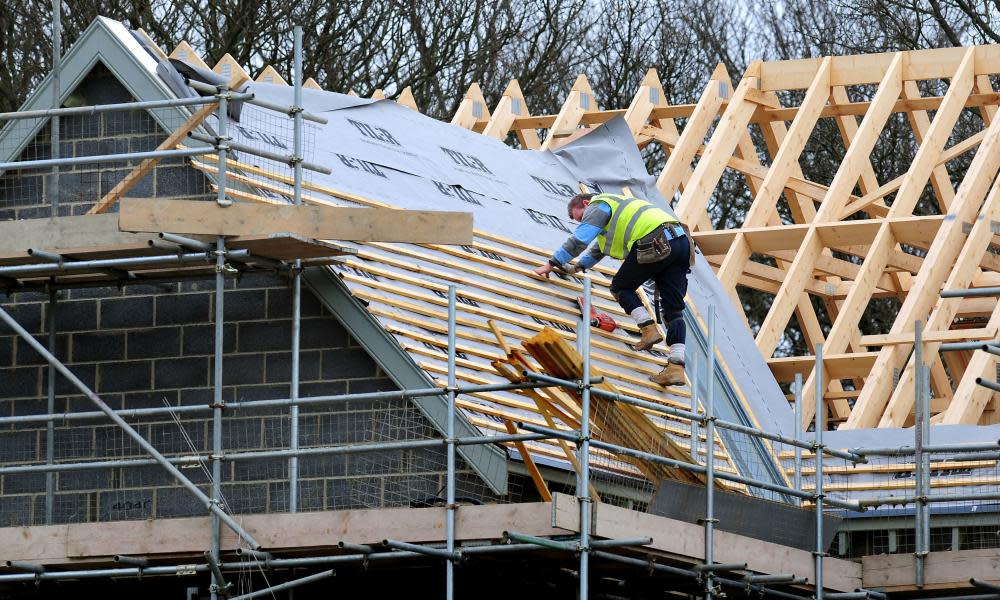UK economy’s catchup period on course to be shorter than after 2008 crisis

In normal circumstances, news that the UK economy had contracted by 1.5% in the first three months of 2021 would be considered deeply concerning. Falls of that size only tend to happen in the most severe recessions.
Yet the early months of this year were anything but normal. A new wave of the Covid-19 pandemic meant the country started 2021 in lockdown and it remained that way until restrictions were slightly eased in March. Simultaneously, new trade rules with the EU came into force.
Given that the first lockdown in the spring of 2020 led to the economy collapsing by almost a quarter, a decline of 1.5% will be seen by the Treasury and the Bank of England as moderately encouraging. After shrinking by 2.5% in January, the economy expanded by 0.7% in February and a further 2.1% in March.
The economy beat expectations for a number of reasons. There was a strong showing by the construction sector; there was support from the state, notably from the NHS test-and-trace and vaccine programmes; the education sector was lifted by the reopening of schools in early March; retailers continued to find inventive ways of getting round store closures; and trade provided a boost because exports to the EU have recovered faster than imports.
All of which left the level of economic output in March 5.9% below its pre-pandemic level in February 2020. On the assumption that national output would have risen by 2% in the past year in the absence of a global pandemic, the economy is about 8% smaller than it would otherwise have been.
The last time the UK was in such a deep hole – the financial crisis of 2008 – it took years for gross domestic product to return to its pre-crisis levels. On the basis of what happened in the first quarter, the catchup period will be considerably shorter this time.
The stronger than expected performance in the first three months of 2021 means further chunky increases in GDP can be expected in April, May and June as restrictions are lifted in line with the government’s roadmap. Consumer spending and business investment will increase over the coming months, so that by the time the furlough scheme is wound up at the end of September the economy might be more or less back to where it was in early 2020. The big question, of course, is what happens then?

 Yahoo Movies
Yahoo Movies 
